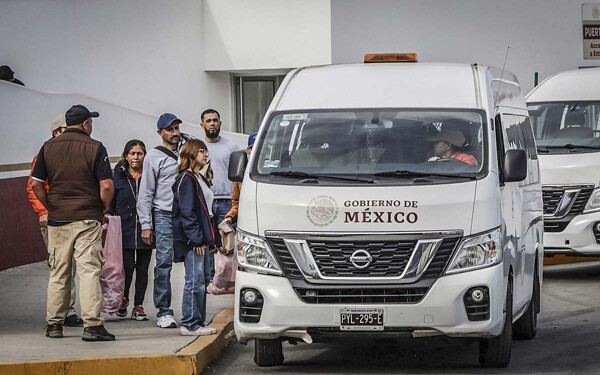
The Texas governor reported that the implemented actions have managed to reduce illegal crossings by 87%, primarily at the border between Coahuila and Texas. The U.S. Customs Border Patrol warned Mexican authorities about potential changes in immigration policies with the arrival of Donald Trump to the presidency.
Various states in Mexico are preparing to face massive deportations expected with the new U.S. administration. In cities like Chicago and San Diego, they will begin to seek and deport migrants illegally in the U.S.
In Tijuana, uncertainty reigns over the possibility of cancellation of the CBP ONE program, shelters are full, and the immigrant community fears the arrival of Donald Trump to the presidency. Local authorities have declared an emergency and are seeking spaces to shelter and assist migrants.
In San Luis Río Colorado, more than 2,000 immigrants are expected, and the mayor is looking to rent appropriate spaces for their accommodation, with the support of Mexican authorities. More temporary shelters are planned in anticipation of the possible arrival of deportees.
In Tamaulipas, seven shelters have been established to assist foreigners seeking an opportunity through the CBP One program. Uncertainty and tension are rising at the border due to possible deportations and attacks from organized crime.
In Coahuila, uncertainty extends on both sides of the Texas border. Texas Governor Greg Abbott has strengthened border barriers and remains on alert for possible illegal crossings.
In Chihuahua, the Border Patrol has conducted training exercises to contain contingencies at international crossings, given the threat of mass deportations. Local traders report an increase in security measures at the border.
In Guanajuato, an 'Assisted Return Program' has been prepared to support Guanajuatenses affected by mass deportations. Temporary shelters will be established, and comprehensive care will be provided to migrant families returning to the state.
Finally, the border wall extends in Maverick County and is expected to reach 294.5 kilometers by the end of 2024.














